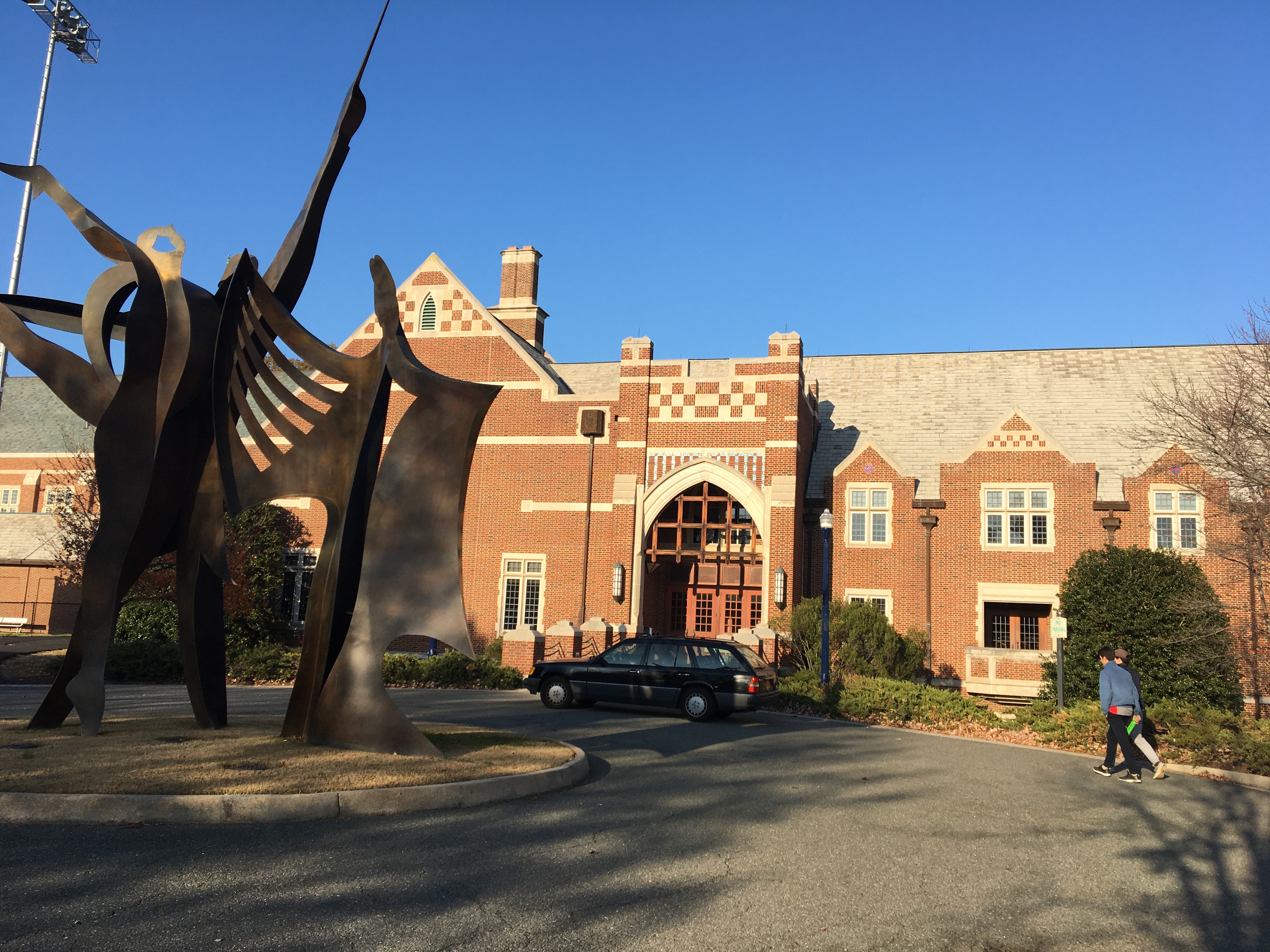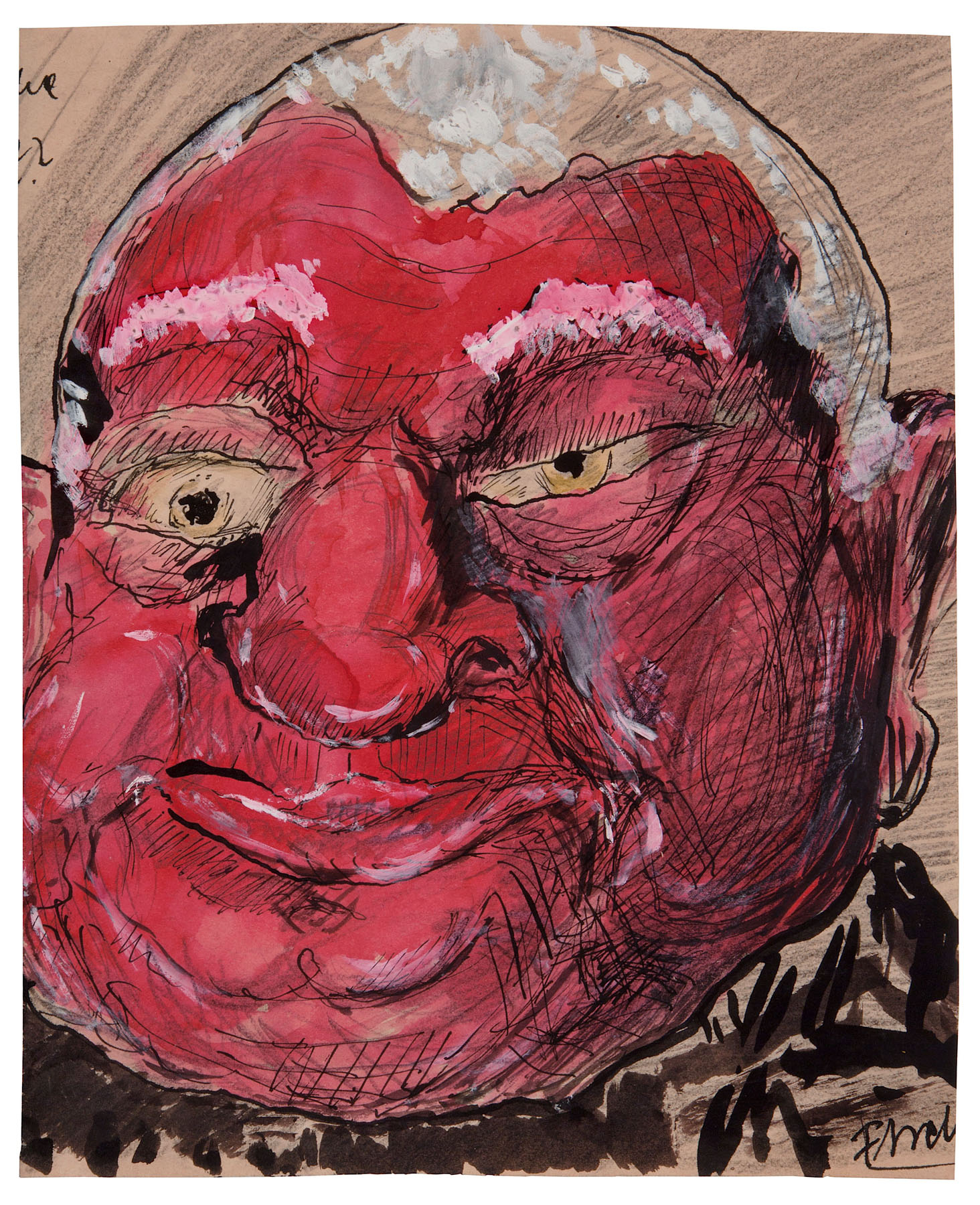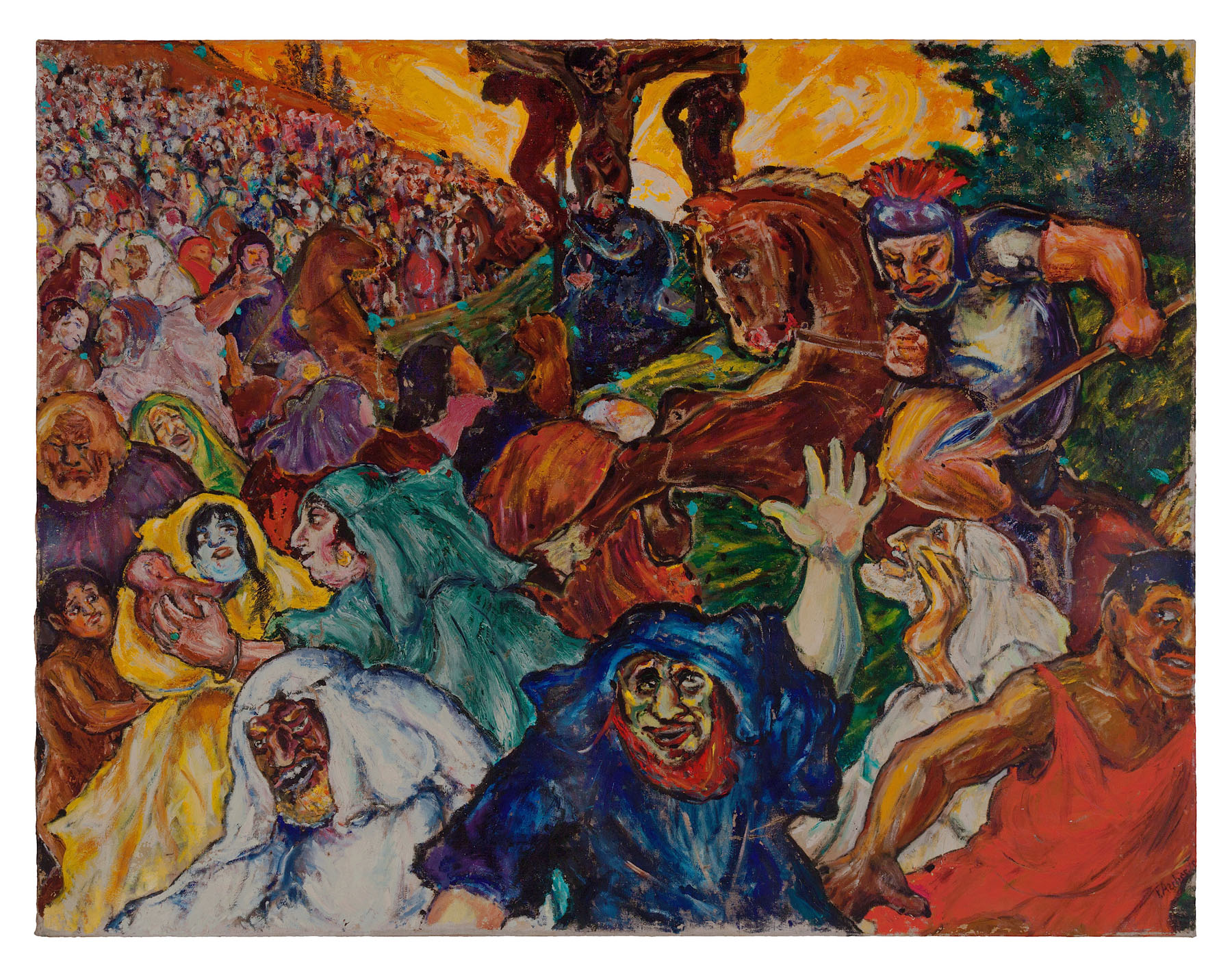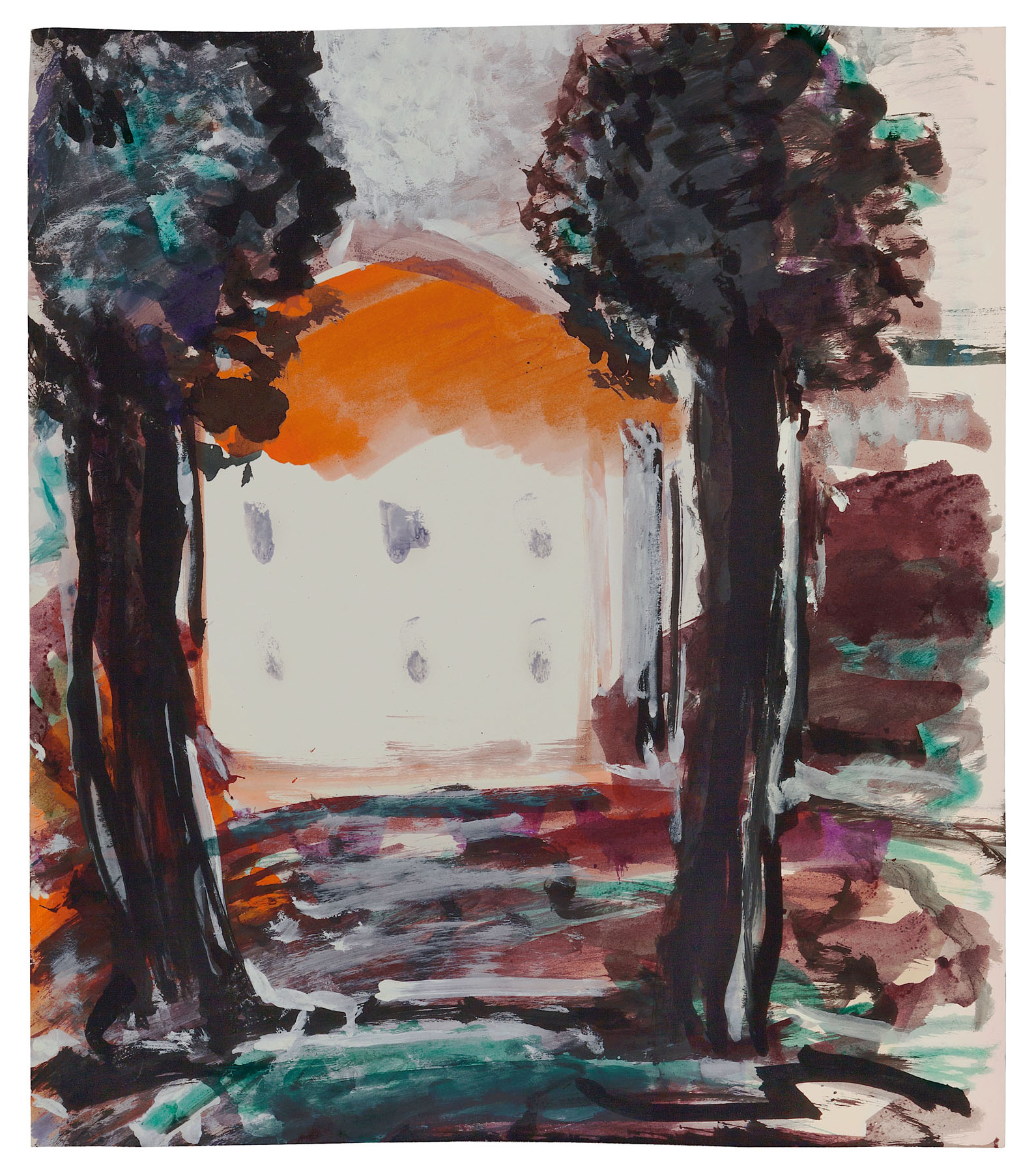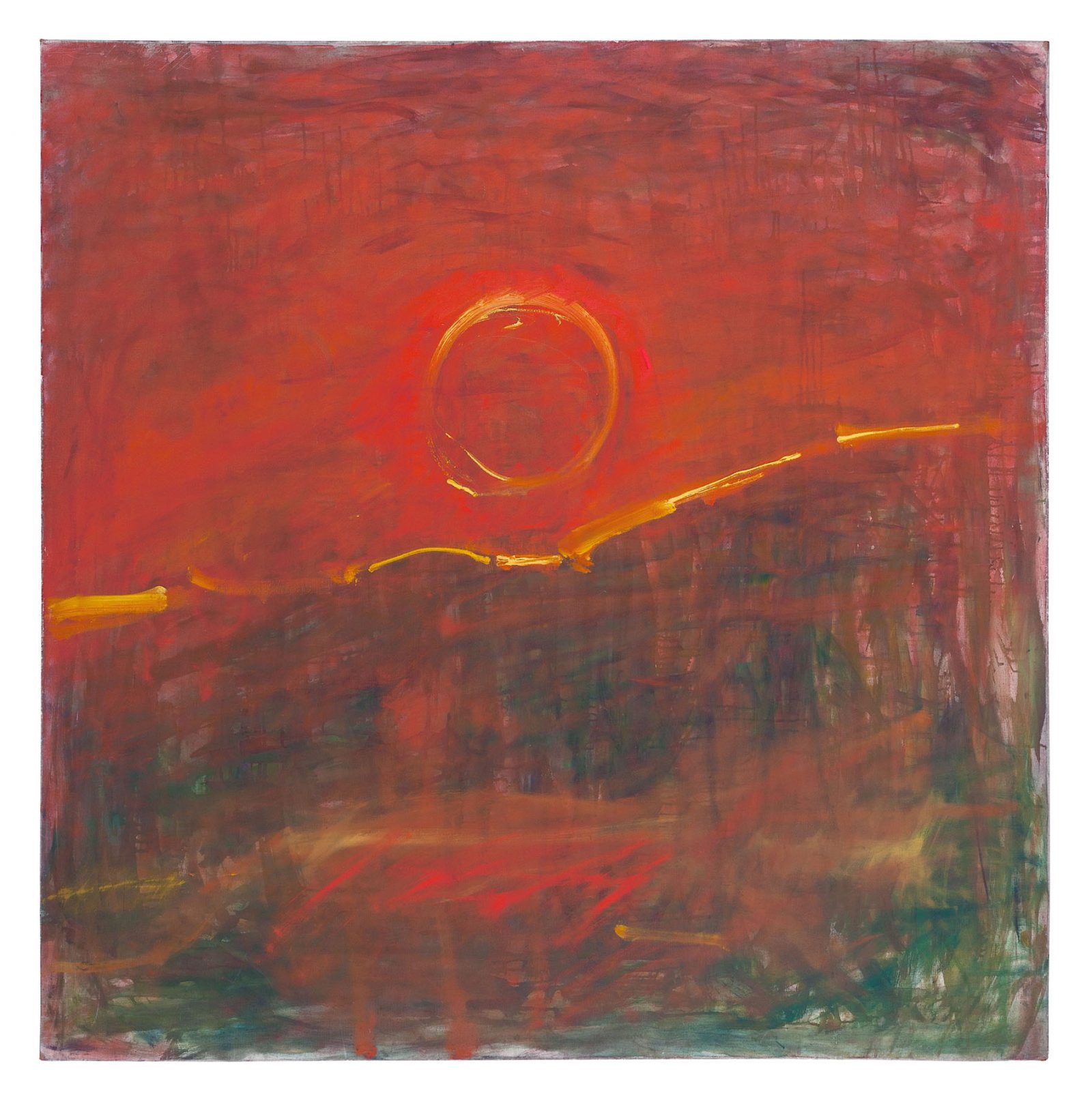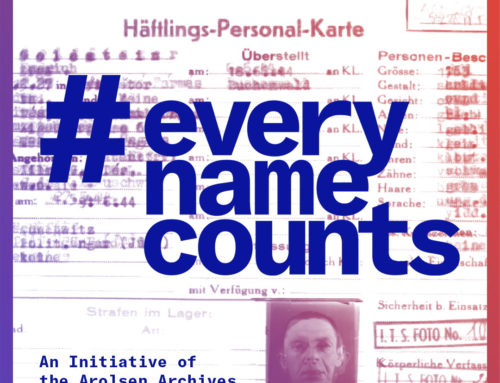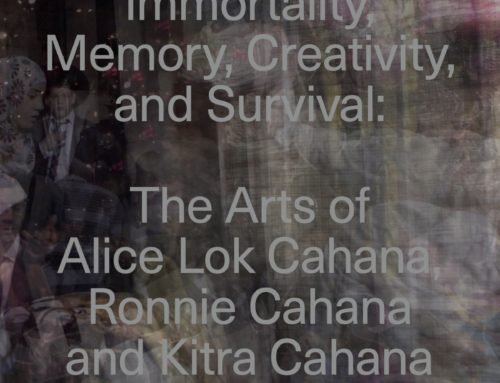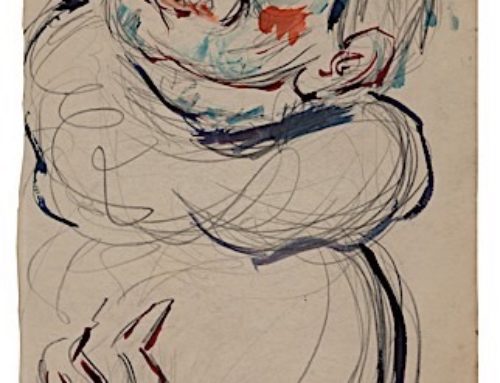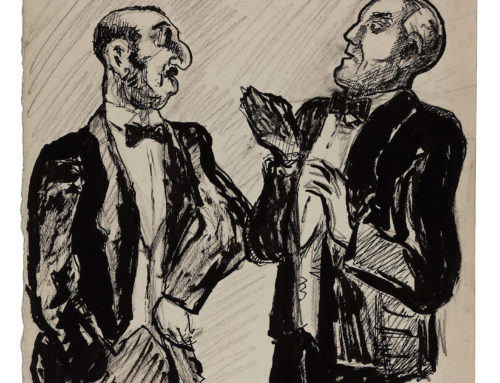On view at the Joel and Lila Harnett Museum of Art, University of Richmond
January 16–May 24, 2020
Contact Fritz Ascher Society: Rachel Stern
stern@fritzaschersociety.org
(917) 363-0056
Contact University of Richmond Museums: Heather Campbell
hcampbel@richmond.edu
(804) 287-6324
Fritz Ascher: Expressionist is on view in the Harnett Museum of Art, University of Richmond Museums, from January 16, through May 24, 2020. The exhibition is the first retrospective of German artist Fritz Ascher (1893-1970), comprising of 70 paintings and works on paper, ranging from early academic studies and figural compositions to the artist’s late colorful, mystical landscapes.
Fritz Ascher belongs to Germany’s “Lost Generation” – artists whose careers were interrupted or destroyed by the Nazi regime, and whose work was largely underrecognized. Born in Berlin in 1893, to assimilated Jewish parents, Ascher showed interest in art at a young age and enjoyed early success. Ascher studied at the Königsberg Art Academy in 1909, at the age of 16. By 1913 he was back in Berlin, where he mingled with artists such as Ludwig Meidner, Emil Nolde, and Jakob Steinhardt, along with Max Beckmann, while developing his own Expressionist pictorial language.
An early highlight is the majestic 1915 painting “Golgotha,” a highly unusual crucifixion scene, in which the three crosses are barely visible at the top of the canvas, surrounded by bright sunlight. The main focus of the painting are frightened spectators fleeing towards the viewer from a spear-carrying soldier on horseback.
In 1933, Adolf Hitler assumed power. Even though Ascher was baptized as a Protestant, he was considered a Jewish painter with a liberal political stance and targeted as a dissident. He could no longer produce, exhibit, or sell his art. In November 1938, during “Kristallnacht” (Night of Broken Glass), Ascher was arrested and deported to the Sachsenhausen concentration camp, later incarcerated in Potsdam prison, then under constant surveillance and hiding from deportation to the death camps from 1942 until the war’s end in 1945. Unable to paint or draw, he turned to writing poetry. He composed numerous poems, many of which are steeped in visions of love and divinity, evoking nature as a place of refuge and a spiritual home. Many of his artworks that he had left with friends were destroyed in Allied bombings.
After the defeat of the Nazi regime, Ascher began creating art again while remaining largely withdrawn from society. Intially, he repainted some of his existing works with colorful dots and streaks in an expressive version of pointillism. Turning away from his figurative compositions of the Weimar era, he then painted vibrant and richly textured landscapes inspired by the nearby forest of Grunewald. “Setting Sun”from c. 1960 shows the artist’s renewed urgency and immediacy, using bright colors and intense brushstrokes, dramatically simplifying forms and medium.
During his lifetime, Ascher enjoyed only one retrospective exhibition which opened at Berlin’s legendary Rudolf Springer Gallery in 1969, just a few months before his death. Very little documentation and archival materials survive. Nearly all the works in the exhibition are lent by private collectors in Germany, the U.S., and Canada.
Rachel Stern, curator of the exhibition and director of the Fritz Ascher Society observes: “Ascher belongs to a large group of prolific artists who were silenced by the Nazi terror regime, unable to work, exhibit, or sell their art. This exhibition explores the situation of a German Jewish artist working in the face of political oppression.”
Organized by the Fritz Ascher Society for Persecuted, Ostracized, and Banned Art, Inc., and curated by Rachel Stern, Director of the Fritz Ascher Society. The exhibition is co-sponsored by Allianz Partners. The exhibition and programs are made possible in part with funds from the Louis S. Booth Arts Fund. A catalogue, published by the Fritz Ascher Society, is available.
Programming
Wednesday, January 15, 2020, 6 to 8 p.m.
6 p.m., Lecture, Camp Concert Hall, Modlin Center for the Arts
“Forgotten but not Lost: The German Expressionist Fritz Ascher”
Rachel Stern, Curator of the exhibition and Director, Fritz Ascher Society
7 p.m., Reception and preview of the exhibition
Joel and Lila Harnett Museum of Art, Modlin Center for the Arts
Thursday, January 16, 2020, 1:30 to 2:15 p.m.
Curator’s Walk-Through, Harnett Museum of Art
Rachel Stern, Curator of the exhibition and Director, Fritz Ascher Society
Wednesday, February 12, 2020, 6:00 to 8:00 p.m.
Panel Discussion “Expressionisms: Germany and the United States”
Moderator:
Sarah Eckhardt, Associate Curator of Modern and Contemporary Art, Virginia Museum of Fine Arts, Richmond
Panelists;
Elizabeth Berkowitz, Mellon/ACLS Public Fellow, Rockefeller Archive Center
Eckhart Gillen, Independent Curator, Berlin
Ori Z. Soltes, Teaching Professor, Center for Jewish Civilization, Georgetown University, Washington, D.C.
Karen Wilkin, Independent Curator and Critic, New York
Note: Images for press are available by contacting Heather Campbell, 804-287-6324 or hcampbel@richmond.edu.
University of Richmond Museums comprises the Joel and Lila Harnett Museum of Art, the Joel and Lila Harnett Print Study Center, and the Lora Robins Gallery of Design from Nature. Admission to all museums is free and open to the public.
Visit museums.richmond.edu or call 804-289-8276 for directions, hours of operation, and additional information about exhibitions and programs.
General Information
Joel and Lila Harnett Museum of Art, University of Richmond
453 Westhampton Way
Richmond, VA 23173
Tel: 804-289-8276
Website: museums.richmond.edu
Hours
Sunday through Friday: 1 pm – 5 pm (1/16-5/1)
Closed Saturdays, Spring Break (3/7-15) and Easter Weekend (4/11-12).
Summer hours (5/2-24): Tuesday through Friday: 1 pm – 5 pm
Admission
Free


